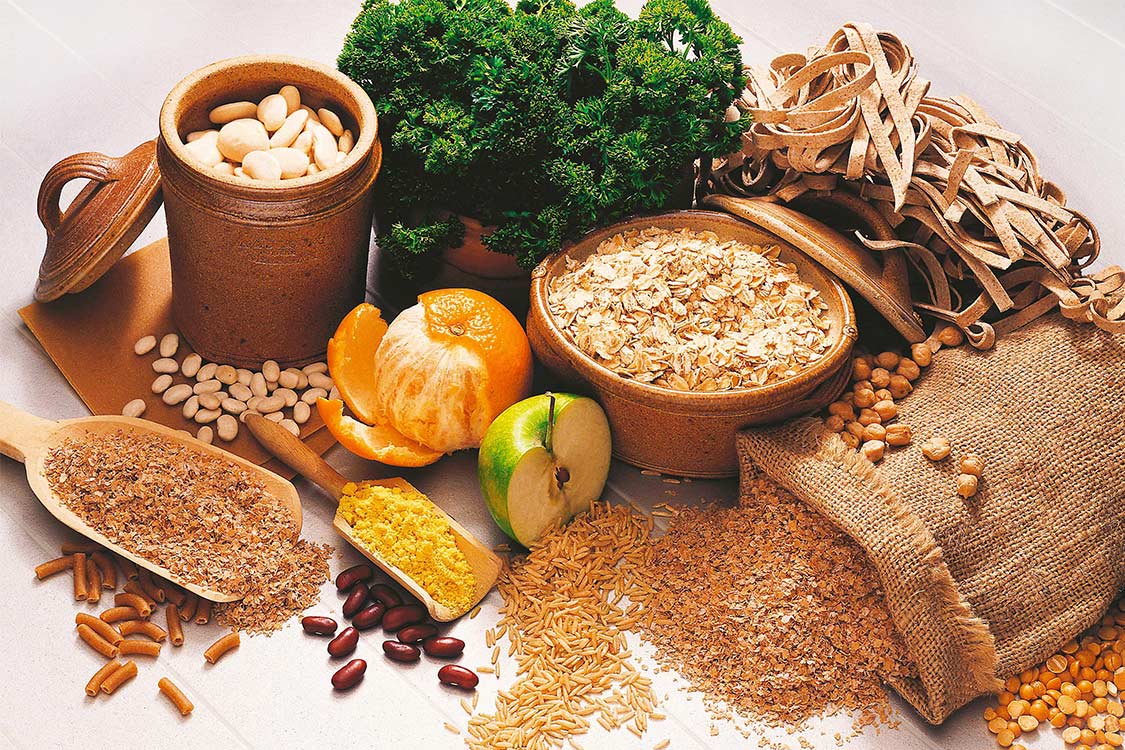Share article
Share this article on your favorite social media channel.
On 11 May 2009, the Food Labelling Ordinance (LKV) of the Swiss Federal Department of Home Affairs (FDHA) was changed in a number of points. One aspect affected by these changes is the definition of dietary fibre and subsequently also the calculation of nutritional values.
For foodstuffs not complying with the mandatory changes, a transition period has been set for introduction, manufacture and labelling. This will end on 31 October 2011. After that date, products can continue to be passed on to consumers until stocks are used up.
The revised definition of dietary fibres in the Food Labelling Ordinance accommodates Commission Directive 2008/100/EC of 28 October 2008. This directive defines the term “dietary fibre”, thus creating clarity as to the term itself as well as bringing the definition into line with other community directives.
Up to now, the definition of “dietary fibre” varied from country to country, evident both in the analytical method applied and in the actual labelling of foodstuffs. For example, the UK definition of dietary fibres applied only to non-starch polysaccharides (NSP), analysed in accordance with the Englyst method.
In Switzerland, many EU member states and the US, the dietary fibre content is determined using the AOAC method (American Association of Analytical Chemists). In addition to NPS, this method also takes lignin into account as well as some resistant starches. This results in determining a higher ratio of dietary fibre in foods.
Comparison of the old and the new definition of dietary fibres (extract):
SLMB (Swiss Food Compendium) Chap. 14 - Food Labelling Ordinance | RL 2008/100/EWG - Food Labelling Ordinance |
predominantly of plant origin | plant material |
not hydrolysed by the endogenous enzymes of the human digestive tract | neither digested nor absorbed in the human small intestine |
some microbial fermentation in the colon | |
NSP & lignin | |
edible carbohydrate polymers (three or more monomeric units) which:
| |
proof of one (or several) physiological effect(s), e.g.:
| |
No energy value given | Energy value: 2kcal/g or respectively 8kJ/g |
The carbohydrate polymers defined as dietary fibres are frequently associated with other substances that are non-carbohydrate compounds (such as waxes or phytosterols). As these substances are treated as carbohydrates in the dietary fibre analysis on account of their association with carbohydrates, they are also considered to be dietary fibres in those instances. However, if these substances are added separately to a food (i.e. without being associated with a carbohydrate polymer), they are not considered as dietary fibres.
Most dietary fibres can be fermented in the colon. This applies to approximately 70% of dietary fibres in traditional foods. In a new move, dietary fibres have therefore been assigned an energy value of 2kcal/g or respectively 8kJ/g.
This new assignment of a nutritional value impacts on the calculation of the total nutritional values of foods. From February 2010, it will be taken into account in all nutritional value calculations by the UFAG LABORATORIEN AG.
For enquiries concerning the article, please contact the author by calling our service desk.
